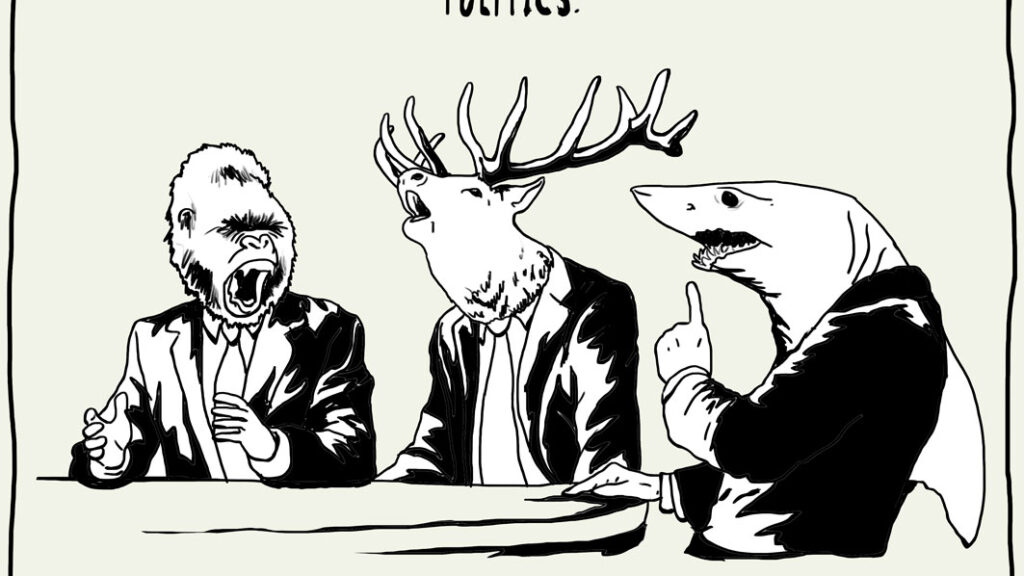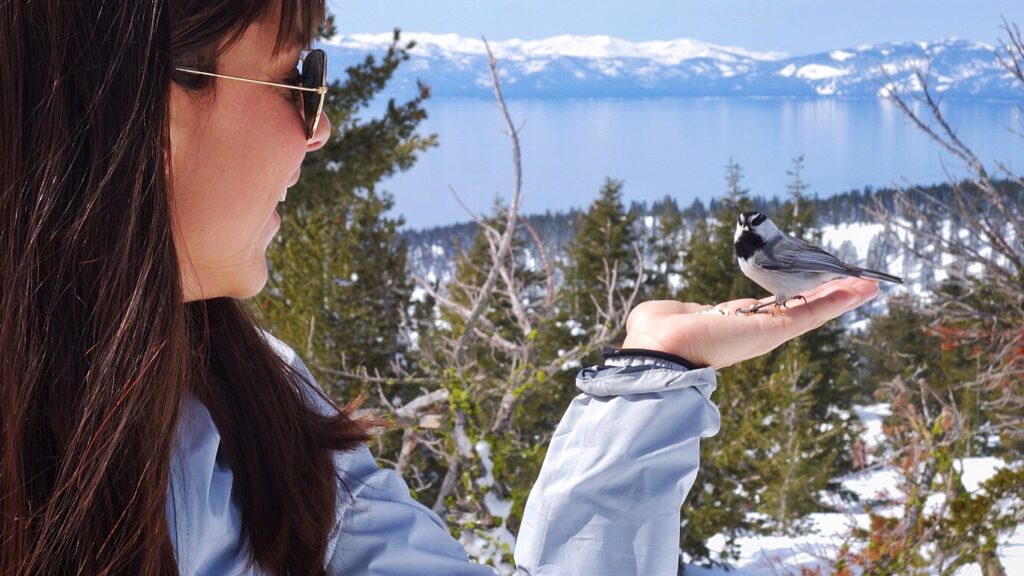In the Information Age, social media can be summed up in two words: regrettable necessity. No longer are Twitter, Facebook, and Instagram just cute and convenient ways to share photos and connect with friends. Instead, they are massive sources of power with the ability to rig elections, raise hundreds of millions of dollars, destroy and launch careers, reunite long lost relatives, and spark violent revolutions.
On a mental and emotional level, social media distorts our memory, contributes to depression and loneliness, exacerbates negative body image, and can have a negative impact on sleep. We all know that already, but it doesn’t change our habits. Why?
Social media, like it or not, is a requirement for most 21st century humans. Facebook isn’t just about connecting with friends. It’s home to professional communities, social events, and businesses. Industry news flows through Twitter before it ever reaches a newspaper, and Instagram is an unlimited well of potential clients. To recuse oneself entirely only creates a different set of problems, so most of us just live with it. Take the bad and the good, right?
Not necessarily. Though this newsletter started as a direct result of getting off social media, I still needed access to each platform in order to keep my life and work in order. The solution? Neuter the invasive aspects of social media (i.e. newsfeed and trends) while still keeping the practical functions by using specific Chrome extensions, third-party apps, and relentless curation. The result is sleek platforms with minimal distraction and little chance of encountering newsfeed rants that trigger anger, anxiety, and depression. All the apps still function exactly how they’re supposed to, but without the time-wasting, psychological traps that breed envy, resentment, and fear.
Implementing these techniques has had a more direct impact on my everyday mental and emotional health than any other single action. And I wasn’t even an obsessive user. I’d amalgamate an hour or two of scrolling each day, usually to kill time. Five minutes after lunch. Ten minutes on the bus. Thirty seconds at the drug store. But even when I wasn’t actively on the platform, I was thinking about what I could post or why everyone else seemed to be having a more pleasant pandemic than me. All that time ads up.
Like most new habits, I didn’t notice the old habit’s negative impact until the new one kicked in. It’s only now, months later, that I realize how much more resilient and stable I am when I’m off the social side of social media. (You wouldn’t know it based on last week’s newsletter when told you about how I ripped the shirt off my back out of rage. B that was after my 16th book rejection. Had I been emotionally worn down from too much social media during rejection 1–15, I’m not sure I would have any shirts left to wear.)
And so, I present you with How to Neuter Your Social Media for Optimal Mental Health, a step by step guide to making social media work for you, not against you.
A few notes:
First, Chrome is the gold standard of web browsers with the most reliable extensions. Other web browsers use extensions as well, but I can’t guarantee that any of them work.
Second, all of the extensions listed below are for desktop use only. Your phone apps will work as usual and will not be altered. I recommend deleting the apps entirely and using your browser to login in order to curb mindless scrolling.
1) Take Out The Trash
Before you bother with Chrome extensions, the first act in taking control of your social media is to purge the trash. Unfollow and unfriend with relentless abandon. That random chick you went to high school with, that racist great uncle, that one guy you met at that bar that one time — they all need to go. They are the digital equivalent of extra sauce packets you stuff in the back of a kitchen drawer every time you get takeout. You never need them. You never use them. All they do is create clutter.
As you go through this process, you’ll find people sort into four categories: want-to-keep, have-to-keep, obvious throwaways, and those who bring up a curious sense of guilt. Guilt will only come when you want to unfollow someone, but you are concerned with their reaction and/or you have a stormy past. If guilt pops up, consider it a giant blinking sign pointing toward someone who has to go. There is no need to take that energy into your digital space where it will seep into you. Take action. Be ruthless. You are in control.
2) Mute Your Darlings
Once your friends and followers are cleared out, the next step is to gag the ones who made it through. With few exceptions, you need to mute every single person. Yes, even your mother (or for some of you, especially your mother.)
No platform makes this easy. The fact that these platforms make it difficult for you to control what you see should tell you how much they do not want you to override their system. The whole goal of social media is to keep you on the platform for as long as possible, scrolling scrolling scrolling so your precious little eyeballs reach as many ads as possible. Whether or not you click on the ad is irrelevant. As long as you see it, the platform makes money. It is not about you, the user. It is all about cash.
To mute people on Facebook, click “unfollow but stay friends” either in their profile or by clicking the three dots in the upper right-hand corner of one of their posts on your newsfeed.
Twitter follows the same process.
Instagram will let you mute people clicking “Following” and then muting down the list, but it will only let you mute a set number of people at a time. Once you hit the limit, the app will error out, and you’ll have to wait at least 15 minutes to go through the next batch.
This is a tedious process that will require you to analyze the value that each account brings to your day to day life. The reality is that 90% of the accounts you follow do not create meaningful value in your life. I’m sure they’re lovely people, but that photo of brunch, that wall of text gushing over a partner, or a snarky retweet about Trump is nothing but junk. It may be meaningful to the person on the other end, but that does not mean it’s meaningful to you. And this is about you and your happiness.
There are, of course, exceptions. A small number of accounts will bring you huge value, and those are the ones that bypass the gag order. On Instagram, for example, my green-lit accounts include the good-news only account tanksgoodnews, a handful of cooking-related accounts like Cooks Illustrated and NY Times Cooking, and Franz Szony, a high school friend of mine turned brilliant artist. Everyone and everything else — including my close friends — is behind a self-imposed paywall.
This sounds harsh, I know, but think of it in real-world terms: when you catch up with people in your life, do you wait until you’re standing in line at the grocery store, schedule all 400 of them the same conference call, let an algorithm decide who gets to speak, and then get upset when someone says something you don’t like? No, you go about it with intention. You pick up the phone or meet for a drink, get the full picture of their life — the good and the bad — and have a complex conversation.
The same standard needs to be upheld in our digital lives, as well. If you want to check out what your college roommate is up to, go forth and stalk their Instagram with glee! Muting them will only stop them from automatically appearing on your feed. You’ll still be able to see their profile whenever you want, but you will have to intentionally navigate to it in order to comment, like, or discover interesting new content. This is the whole point. By muting your darlings, you take control.
3) Kill The Feed
Even though you purge and mute your follows, your feed will still populate with advertisements, green-lit accounts, and group updates. To fully neutralize your social media, you need to stop the newsfeeds from ever appearing in the first place through extensions or third party apps. The following is a list of what I have installed on my browser.
Facebook
Facebook is the easiest social media platform to neuter thanks to a brilliant extension called Kill News Feed. Simply install the extension on your Chrome browser and voila, your Facebook news feed and Trending News disappears. You still have full access to Messenger, your calendar, birthdays, events, pages, and you can even post as usual. I’ve been using this extension since the 2016 elections, and it has turned my Facebook from a political emotional minefield into a productivity and professional tool.
Twitter
While Facebook has dozens of platforms under its umbrella, (Marketplace, Events, Messenger), the only real reason to access Twitter is for the stream. As a result, there aren’t any extensions to kill the stream, because if that’s what you’re after, just don’t log in.
You can ax trending, explore, and retweets, though, with the Calm Twitter. By far the best Twitter extension I’ve used, Calm Twitter removes all distracting fluff including like and retweet numbers. Erasing these numbers removes social pressure and forces you to think for yourself rather than priming you to jump on the viral bandwagon. In a time when policy, careers, and organizations can be brought down due to one tweet, I think it behooves us all to think twice before we make a digital vote.
Instagram
Because Instagram is primarily used on a phone, not a desktop, there are no extensions to install. Instead, I use the third party app Hootsuite to manage Instagram, which allows me to schedule and post without getting sucked into the platform. (I also use it to post on Twitter if I’m feeling particularly vulnerable and don’t want to go anywhere near my Tweet stream.)
YouTube
No platform has a more polarized assortment of brilliant and terrifying content than YouTube, which makes the extension DF Tube a requirement — especially if you have kids. DF Tube (Distraction Free YouTube) kills the Up Next and autoplay list on the right side of a YouTube video, which means you’re not at risk of getting sucked down a rabbit hole that begins with a TED talk on neuroscience and ends with hate watching a flat-earther rant.
4) Customize It
The beauty of this system is that you customize it to fit your life and emotional capacity. Our goal here is not to cut you off from the world, but to make the platforms work for you, not against you. If Twitter is part of your professional life or connecting on Instagram fills your cup, great. Just do it with intention. Take out the trash and scroll with purpose. Your mind (and that crick in your neck) will thank you.

This Couple Spent $55,000 to Make Their House a Haven For Their 20 Elderly and Special-Needs Dogs — tanksgoodnews.com
Because good people and puppies. What more do you need?

How You Feel Depends on Where You Are – WSJ — www.wsj.com
New research uses GPS data from cell phones to draw connections between people’s location and their mood.

Surprising Link Between Social Media and Happiness – ScienceBlog.com — scienceblog.com
Positively comparing yourself to others on social media can make you feel better about yourself. For example, comparing your career to someone with a less appealing job should make you feel better. I have mixed feelings about this practice, but it’s an interesting thought experiment.





















